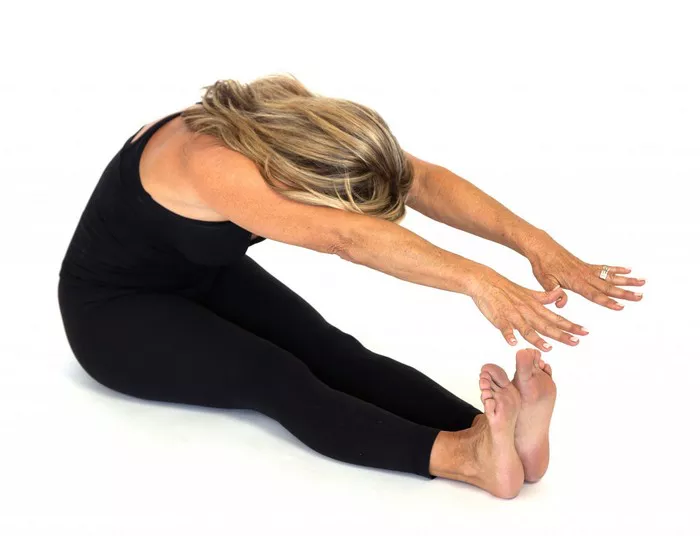Asthma is a chronic respiratory condition that affects millions of people worldwide. Characterized by inflammation and narrowing of the airways, it can lead to symptoms such as wheezing, shortness of breath, coughing, and chest tightness. While medication is often prescribed to manage asthma symptoms, complementary therapies such as yoga and pranayama (breathing exercises) have gained popularity for their potential benefits in improving lung function and overall well-being.
Pranayama, which translates to “control of breath” in Sanskrit, is an integral component of yoga practice. These breathing exercises involve various techniques aimed at regulating breath patterns, increasing lung capacity, and promoting relaxation. When incorporated into a holistic asthma management plan, pranayama can complement conventional treatments and help individuals achieve better control over their symptoms.
In this article, we explore some of the best pranayama techniques for managing asthma, backed by scientific evidence and expert recommendations. From deep breathing exercises to alternate nostril breathing, these techniques offer valuable tools for individuals seeking natural ways to alleviate asthma symptoms and improve quality of life.
Understanding Asthma and the Role of Pranayama
Before delving into specific pranayama techniques, it’s essential to understand how asthma affects the respiratory system and how pranayama can potentially offer relief.
Asthma is a complex condition characterized by inflammation and hyperresponsiveness of the airways. Triggers such as allergens, pollutants, respiratory infections, exercise, and emotional stress can provoke asthma symptoms by causing the airways to narrow, leading to difficulty breathing. While medications such as bronchodilators and anti-inflammatory drugs are commonly used to manage asthma, some individuals seek additional strategies to enhance symptom control and reduce reliance on medication.
Pranayama techniques are believed to influence the autonomic nervous system, which regulates involuntary bodily functions such as heart rate, digestion, and respiration. By practicing pranayama regularly, individuals may learn to modulate their breathing patterns, induce relaxation responses, and improve respiratory muscle function. This can be particularly beneficial for people with asthma, as better breath control and lung capacity may help reduce the frequency and severity of asthma attacks.
Best Pranayama Techniques for Asthma Management
1. Diaphragmatic Breathing (Belly Breathing): Diaphragmatic breathing focuses on engaging the diaphragm, a dome-shaped muscle located beneath the lungs. This technique encourages deep inhalation by expanding the abdomen during inhalation and contracting it during exhalation. By promoting the use of the diaphragm rather than shallow chest breathing, diaphragmatic breathing enhances oxygen exchange and can help alleviate asthma symptoms.
2. Ujjayi Pranayama (Victorious Breath): Ujjayi pranayama involves constricting the throat slightly to create a soft hissing sound during both inhalation and exhalation. This technique not only increases mindfulness of breath but also helps regulate the pace and depth of breathing. Ujjayi pranayama promotes relaxation and may reduce stress-related asthma exacerbations.
3. Bhramari Pranayama (Bee Breath): Bhramari pranayama involves producing a buzzing sound resembling that of a bee while exhaling slowly through the nostrils. This technique is known for its calming effect on the nervous system and can help alleviate anxiety and tension, which are common triggers for asthma attacks.
4. Anulom Vilom Pranayama (Alternate Nostril Breathing): Anulom vilom pranayama involves alternating between breathing through the left and right nostrils while blocking the opposite nostril with the fingers. This technique aims to balance the flow of energy in the body and promote harmony between the two hemispheres of the brain. Regular practice of anulom vilom pranayama may improve respiratory function and reduce asthma symptoms.
5. Kapalabhati Pranayama (Skull-Shining Breath): Kapalabhati pranayama involves rapid, forceful exhalations followed by passive inhalations. This dynamic breathing technique helps clear the airways, increase lung ventilation, and enhance oxygenation of tissues. While kapalabhati pranayama can be invigorating, individuals with asthma should practice it cautiously and avoid overexertion.
6. Sitali Pranayama (Cooling Breath): Sitali pranayama involves inhaling through a rolled tongue or pursed lips, creating a cooling sensation in the mouth and throat. This technique helps reduce body heat, calm the mind, and soothe respiratory discomfort associated with asthma. Sitali pranayama is especially beneficial during asthma flare-ups or in hot, humid environments.
Practical Tips for Incorporating Pranayama into Asthma Management
- Consult a qualified yoga instructor or healthcare provider before starting any pranayama practice, especially if you have underlying health conditions such as severe asthma or cardiovascular disease.
- Begin with gentle pranayama techniques and gradually increase intensity and duration as tolerated.
- Practice pranayama in a comfortable, well-ventilated environment free from allergens and irritants.
- Listen to your body and avoid pushing beyond your limits. If you experience dizziness, shortness of breath, or discomfort, pause and rest.
- Incorporate pranayama into a comprehensive asthma management plan that includes medication, regular exercise, a balanced diet, and stress management techniques.
- Monitor your asthma symptoms regularly and adjust your pranayama practice accordingly. Be mindful of any triggers or exacerbating factors.
Conclusion
Pranayama offers a holistic approach to managing asthma by harnessing the power of breath to improve lung function, reduce stress, and enhance overall well-being. While pranayama alone may not replace conventional asthma treatments, it can serve as a valuable adjunct therapy to complement medication and lifestyle modifications. By incorporating these best pranayama techniques into their daily routine, individuals with asthma can gain greater control over their symptoms and enjoy a better quality of life. Remember to practice pranayama mindfully, listen to your body, and seek guidance from qualified professionals to ensure safe and effective asthma management.




















